My confidence 'soared' after I tried the 3-2-1 workout method - here's how it revolutionised my routine
For the past two weeks, I have been doing the 3-2-1 workout method to boost my fitness, flexibility, and strength
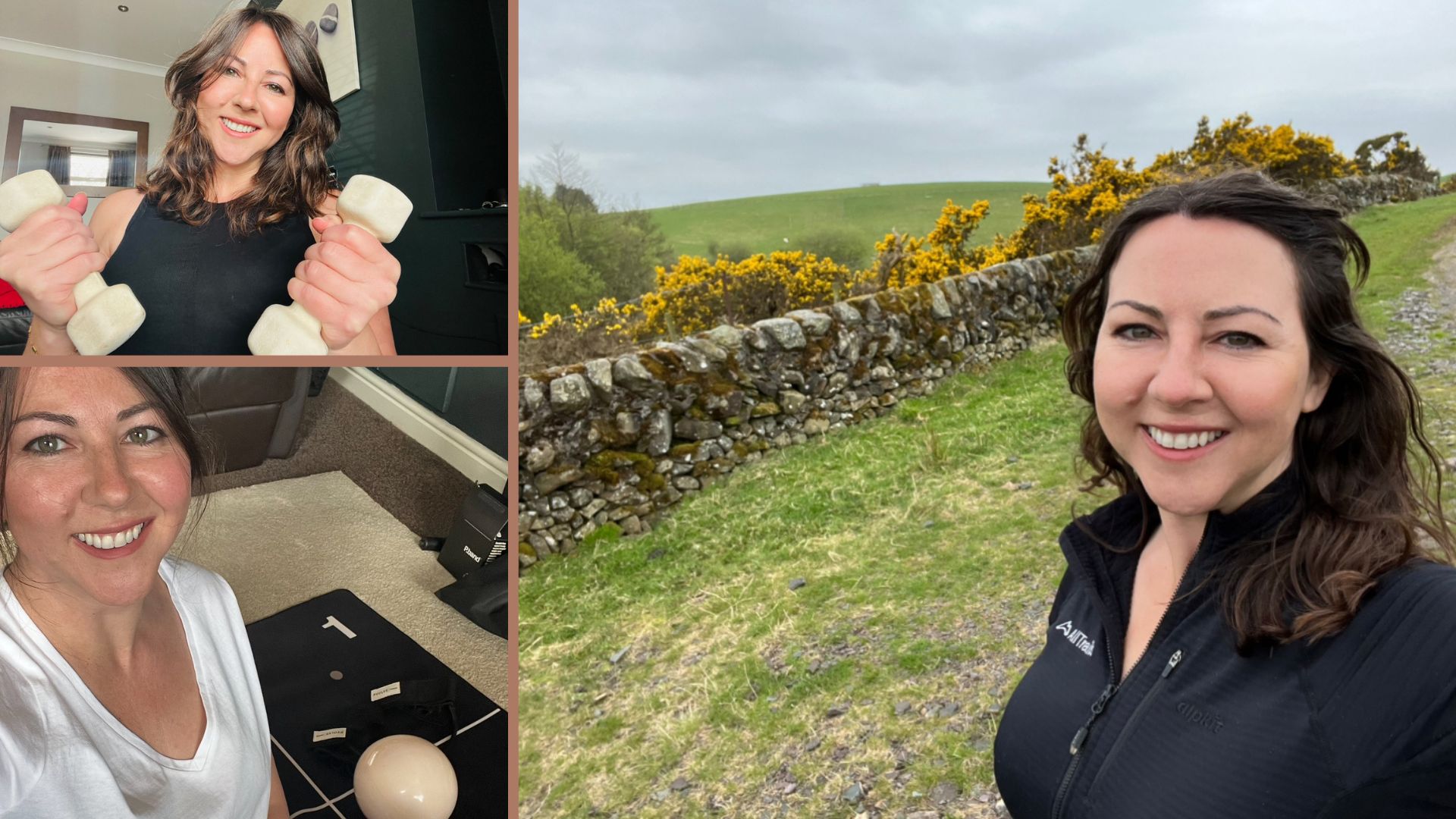

The 3-2-1 workout method is a routine that's gained huge traction online. It involves six workouts a week: three days of strength training, two days of Pilates, and one day of cardio, which could be running, cycling, racket sports, or whatever else you enjoy.
I love pulling on my walking shoes and going for a hike, and I do strength training regularly, so I was cautiously optimistic about the 3-2-1 workout method. But like all social media trends, I was ready to take it with a pinch of salt. Was I really going to have time to exercise six times a week? I had to see for myself.
I signed up for a beginner Pilates class and got going, committing myself to the method for two weeks to help refresh my workout routine. Here's what I learnt, and what the experts have to say about the 3-2-1- for boosting your health, fitness, and general wellbeing.
What is the 3-2-1 workout method?
The 3-2-1 workout method was created by fitness trainer Courteney Fisher, who changed her exercise routine after realising that exercise had put her in a heightened stress state. She swapped high-intensity interval training and "tons of cardio" for a weekly cardio session (a long walk), three days of strength training, and two days of Pilates workouts.
The "less is more" mantra struck a chord with her audience and beyond. The 3-2-1 workout method went viral on social media a few years ago and it's still going strong in 2025 - a testament to its appeal and versatility.
"The 3-2-1 workout method is clear, structured, and easy to remember, which makes it appealing for women who want guidance, but don’t have hours to spend planning their workouts," says Paola Di Lanzo, a personal trainer, Pilates instructor and founder of Paola's Body Barre.
“It taps into a growing understanding that balance is key: strength training to build muscle and support metabolism, Pilates for core and mobility, and cardio for heart health and energy," she says.
Sign up for the woman&home newsletter
Sign up to our free daily email for the latest royal and entertainment news, interesting opinion, expert advice on styling and beauty trends, and no-nonsense guides to the health and wellness questions you want answered.
"Its popularity also reflects a bigger shift. People are moving away from punishing, all-or-nothing workouts and embracing smarter, more sustainable fitness. That’s especially important for women over 40 who want to feel good in their bodies without burning out," she adds.
I tried the 3-2-1 workout method for 2 weeks
On day one, I set out a rough schedule. My plan was to incorporate one exercise session each day, Sunday aside, to cover my six workouts. Of course, plans change, but thankfully, I found the method allows for flexibility. It meant that some days, I did a Pilates class in the morning and a strength session in the evening, giving myself an extra day of rest.
For strength training, I wanted to continue with my two Les Mills Body Pump classes at the gym (one 30-minute session midweek and one 45-minute session at the weekend). These workouts target all the muscle groups with barbells, hand weights, and bodyweight exercises. They are also completely adaptable, making them perfect for this plan. I also did some strength training at home using 2kg dumbbells and Caroline Idiens' videos on Instagram.
Pilates proved a little more out of my comfort zone. I tentatively opened the door to a workout class at my gym one morning, found a space in the back row, and got through a 45-minute class in my first week of the 3-2-1 workout method.
It didn't take long to realise that my lower body flexibility and core strength were in dire need of improvement. The movements in Pilates are small, but deceptively tough, and the class went quickly. I actually enjoyed it and left feeling better than when I arrived, which spurred me on.
In my second week, I tried doing Pilates at home with my Pvolve equipment, but I actually preferred the in-person workouts, which I didn't expect to happen two weeks ago.
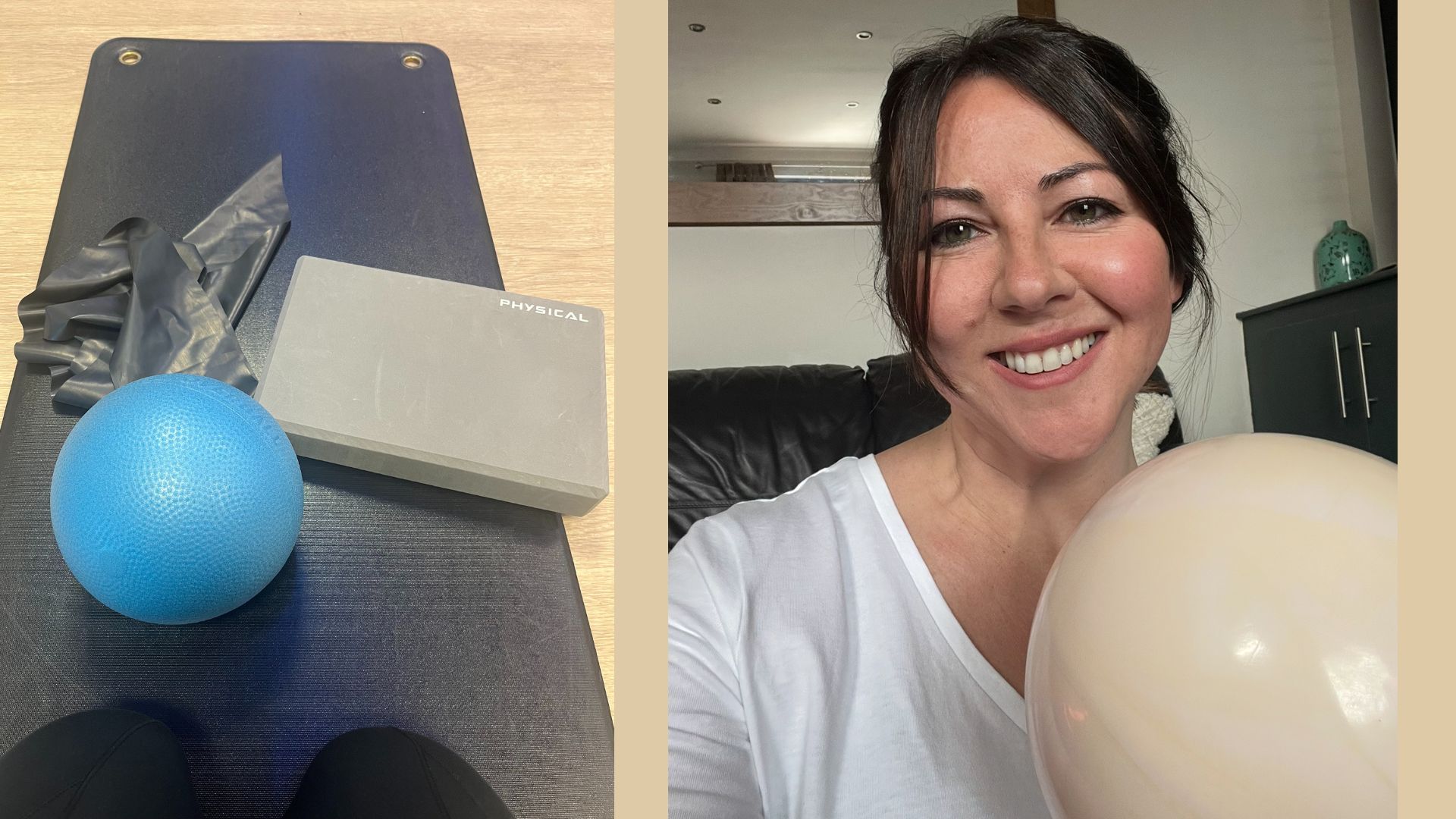
I went to my first Pilates class for years in my two-week trial of the 3-2-1 method and did workouts from home.
As for the cardio session, I went for a hilly walk. The views were stunning, so I was out of the house for double the time I expected to be, but that's often the way. The following week, I threw on my trainers for a soggy run-walk for about an hour. Neither diverted too much from my normal routine, and I appreciated the consistency, given how much I was stepping out of my comfort zone with the other exercises.
I haven't seen any dramatic results in my weight or physique these past two weeks - and I wouldn't expect to in so little time - but I have noticed changes in confidence and motivation. Both have soared. I have enjoyed the fuss-free structure. It's been inspiring without adding extra pressure, and I've been prompted to think of new ways to move my body.
Six individual workouts in a week might sound a lot, which was a friend’s reaction when I told her how much I was enjoying the 3-2-1 workout method, but I found it surprisingly easy to complete. The more you move, the better you feel, and the more eager you are to tick off another activity.
I am a convert. I enjoy the mixture of activities, the flexibility, and the fact that you can mould it to work with your day-to-day life. It's why I am keeping it going - Pilates classes and all.
What are the benefits of 3-2-1 workout method?
1. Stronger muscles
In recent years, we have become increasingly aware of the importance of strength training and, like a lot of women, I have been keen to incorporate it into my weekly routine. The 3-2-1 workout method puts it front and centre.
“For women entering their 40s and beyond, strength training becomes essential, not optional. Hormonal shifts affect muscle mass, bone density, and metabolism. The 3-2-1 structure gives a strong foundation for maintaining and building lean muscle, protecting joints, supporting cognitive health, and boosting mood, especially if the strength work is functional and well-rounded,” says Monique Eastwood, a former ballerina-turned-personal trainer who has worked with celebrities like Anne Hathaway and Emily Blunt.
“I’m a big advocate for functional, full-body training," she says. "You don’t need to isolate muscle groups like a bodybuilder. Instead, move in a way that prepares you for life, carrying, twisting, and reaching. Your whole body should be in the conversation. And if you're just starting out, even 20 minutes can be effective. As always, consistency matters more than duration.”
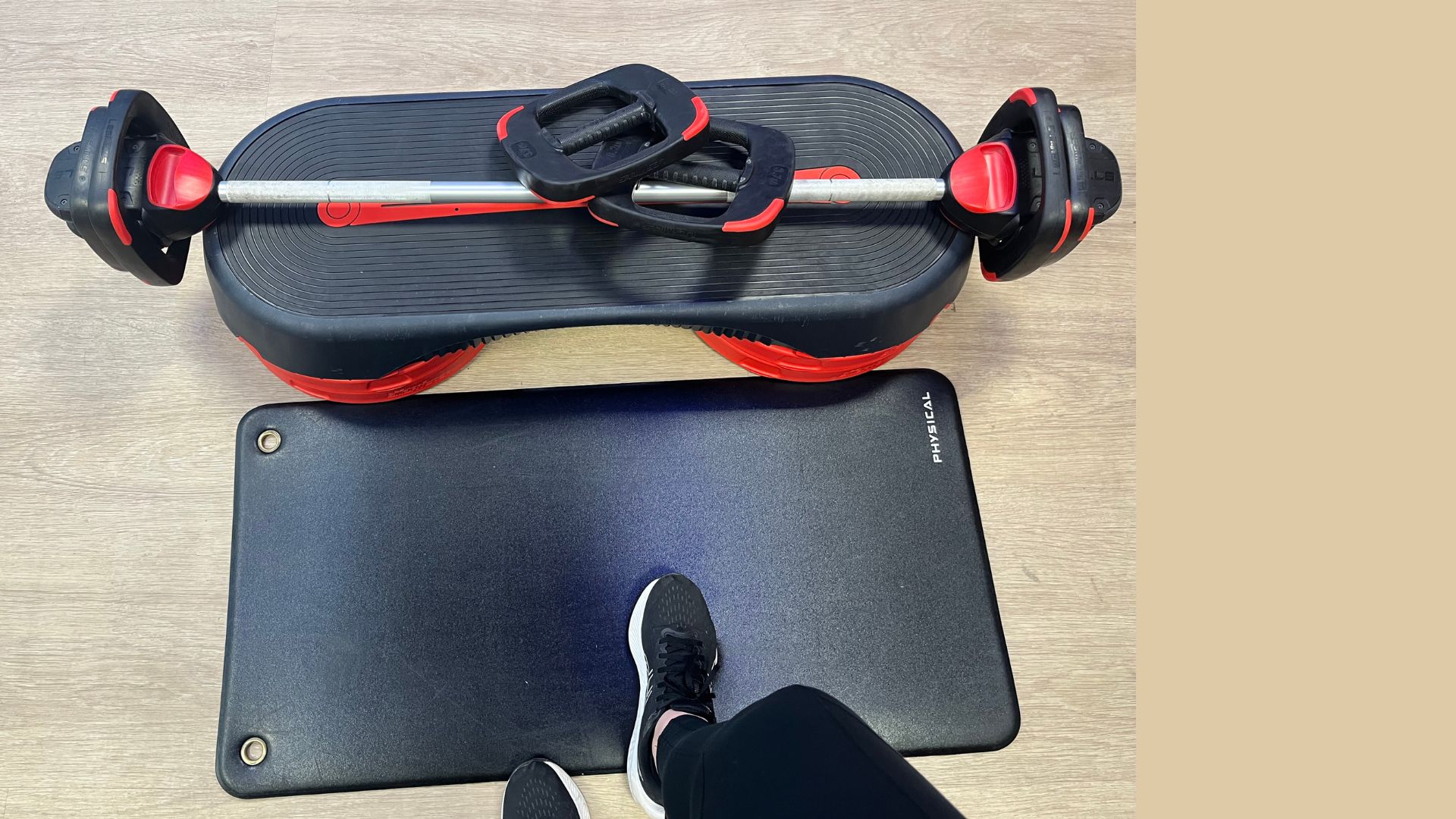
Les Mills is a workout platform that hosts classes at some gyms and via an app.
2. Improved mobility
If you want to improve your flexibility and mobility, then a full-body Pilates workout is a no-brainer. From my own experience, I know it can feel overwhelming to try it for the first time ever (or in ages, at least), but you’ll be surprised how much better you feel after just one session, and the benefits are numerous.
“Midlife onwards is a time when we need to be prioritising bone health, muscle mass and stress reduction. The 3-2-1 approach ticks all those boxes while being kind to joints and hormones,” says Di Lanzo.
“Pilates builds deep core strength, improves posture, supports pelvic floor health and increases flexibility, which are all vital as we age. It’s low impact but incredibly effective, and it can help with everything from back pain and balance to hormone-related joint stiffness," she says.
"Pilates is all about quality over quantity. When you focus on form, breath and control, even two sessions a week can build real core strength, improve posture and support long-term joint health. You can always build from there if and when your schedule allows,” she adds.
3. Healthy heart and lungs
Not so long ago, it was widely believed that the more punishing the workout session, the better, but not anymore. Just recently, Halle Berry, 58, revealed she swapped hard cardio for lifting heavy weights through menopause. This holistic approach to fitness explains why there is only one dedicated cardio workout in the 3-2-1 method.
“It reflects the shift we’re seeing in fitness priorities, with more focus on strength and function over endless cardio, which can be taxing on female hormones as we age. And one session is absolutely fine if you’re also staying active day-to-day (steps, movement breaks, etc),” says Aimee Victoria Long, a certified personal trainer and Pilates instructor.
What you choose to do for your cardio workout is very much down to the individual. "Walking, swimming, cycling, and dancing are all great options," says Long. "I lean towards low-impact cardio for women 40-plus, especially if joint care is a concern. If your body feels good and you enjoy a HIIT session, go for it, but it’s not essential."
It doesn't have to be for long either. “A 30 to 45-minute brisk walk or a moderate cycle is fantastic, but you could also do shorter bursts of more intense work (15 to 20 minutes) if you’re short on time. Importantly, choose something you enjoy. That’s what keeps it sustainable," she says.
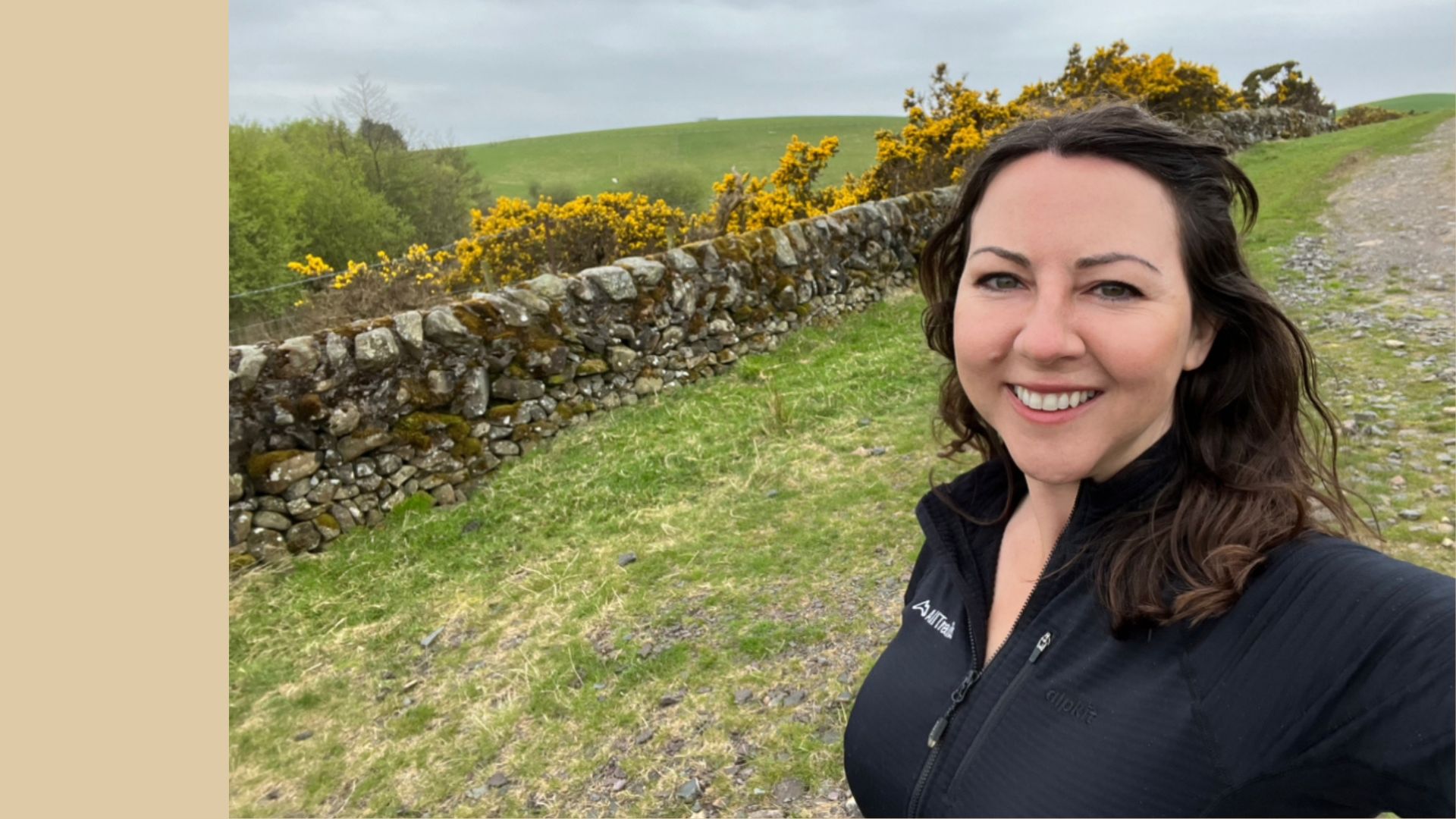
4. It's adaptable
The structure of the 3-2-1 workout method was one of the most appealing parts. It was a helpful framework when planning my week of workouts, without stifling any flexibility. If my plans changed, I felt too tired, or just didn't want to work out one day, I could adapt my schedule.
Plus, I loved how I was free to choose what the workouts looked like every time. There was no prescribed class, no 'must-do' at-home workout, no requirement to exercise for a certain amount of time. You don't even have to do a particular type of exercise. I found myself doing Pilates with weights when I had plenty of energy and quick 20-minute Pilates sessions when I felt tired.
Take our W&H readers' survey

We're interested in hearing a little about you, and in particular, how you feel about Women&Home. Our survey will take around 5 minutes to complete and, as a thank you for your time, you'll be entered into our prize draw to win £250 Amazon voucher.
Take the survey now
This adaptability is key, says Eastwood, who is also the creator of The Eastwood Movement Method and app. "The human body thrives on variety. You can swap a traditional cardio day for a dance class, a hike, or even a brisk walk with light weights. Similarly, strength training can be bodyweight, resistance bands, or dumbbells. The goal is to keep the body moving, the muscles challenged, and the mind engaged."
Likewise, instead of only doing Pilates, you might want to incorporate other similar low-impact disciplines. “Barre and yoga complement Pilates beautifully. They help challenge your muscles in new ways and prevent,” notes Di Lanzo.
As long as you stay consistent with the strength, cardio, and Pilates combination, the variety is great for "staying engaged and avoiding plateaus or overuse injuries," adds Long.
Tips for doing the 3-2-1 workout method
- Start small: For anyone new to exercise, I’d suggest starting with a 1-1-1 approach - one session of strength, one of Pilates and one of cardio, says Paola Di Lanzo.
- Build consistency and confidence: Let your routine grow from there, she says.
- Choose wisely: Select strength and cardio sessions you enjoy, rather than ones you think you 'should' do.
- Reconnect: Use Pilates to reconnect with your core and breath, not just for building strength, she says.
- Rest: This is part of the plan, so don’t skip it, says Di Lanzo.
- Don’t overthink it: Aim for movement, not perfection, she says.
A journalist with two decades of experience, Susan interviewed A-list names in film and TV before going freelance and focusing on health, wellbeing, and lifestyle features. She has since spoken to world-renowned experts on the most innovative and effective ways to look after your mind and body; her work appearing in publications such as Daily Express, Daily Mirror, Metro, Fabulous and The Telegraph. When Susan isn’t working on her laptop, she is most content hiking in the Peak District or finding quiet camping spots to while away a weekend and knows first-hand the restorative benefits of being outdoors.
-
 I feel relaxed just looking at Jennifer Lopez’s latest outfit – it's comfy-chic at its finest
I feel relaxed just looking at Jennifer Lopez’s latest outfit – it's comfy-chic at its finestThe singer proved that casual basics can still look high fashion
-
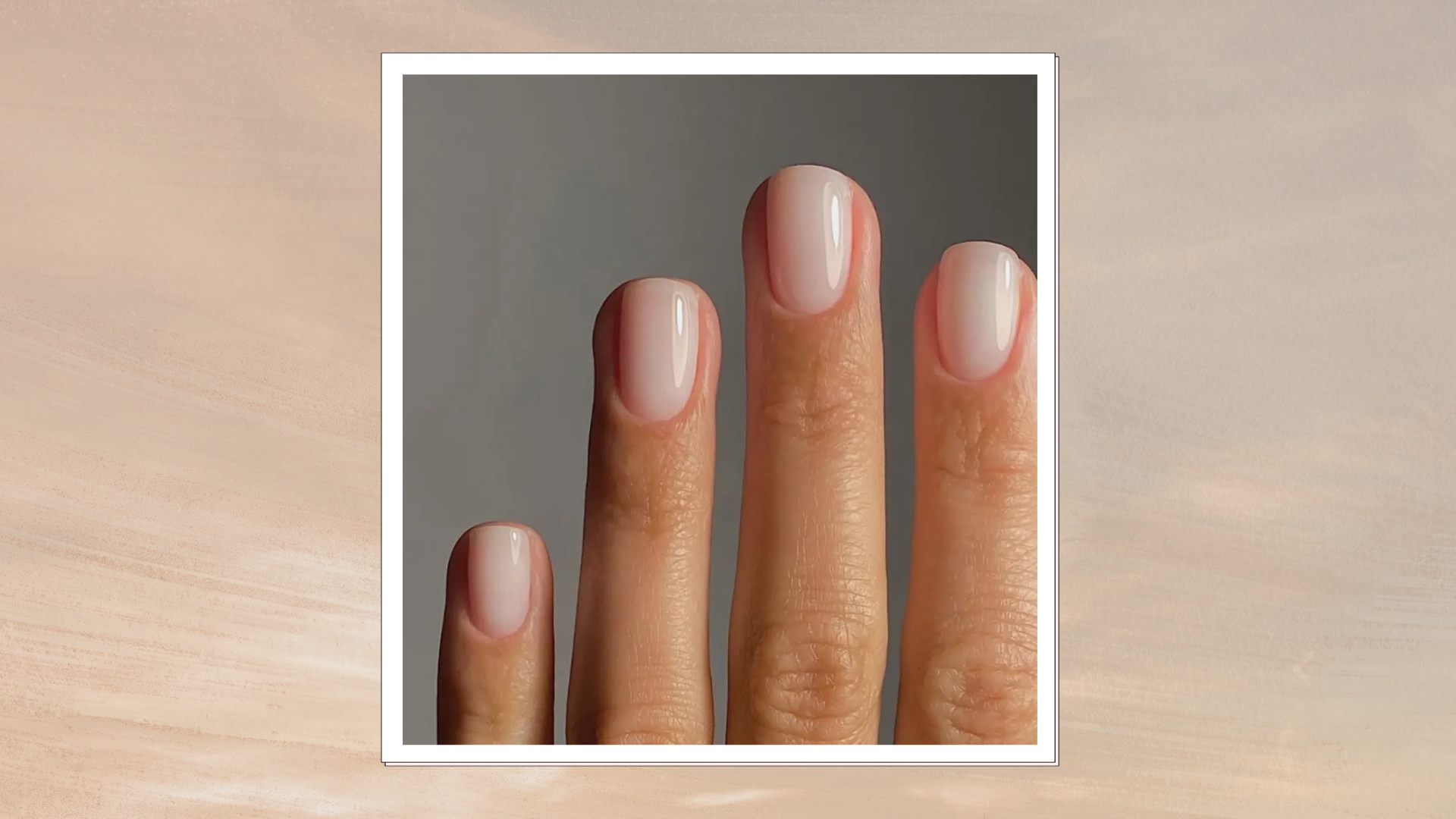 I love a milky manicure as much as the next person, but lychee nails sound far more appetising for summer
I love a milky manicure as much as the next person, but lychee nails sound far more appetising for summerThis glassy lychee-inspired manicure is deliciously chic...